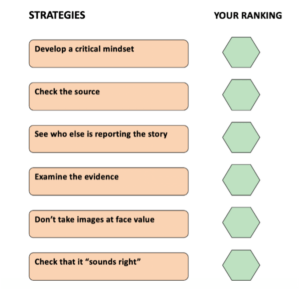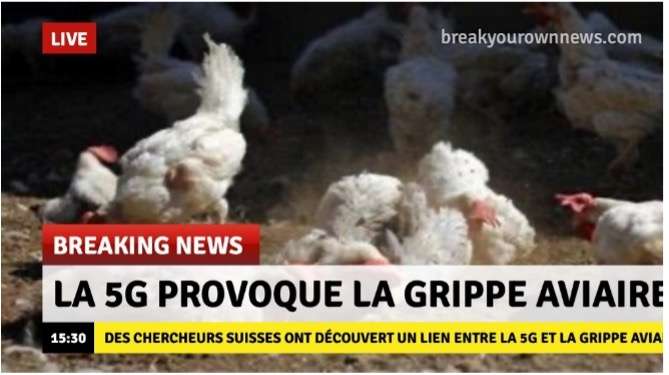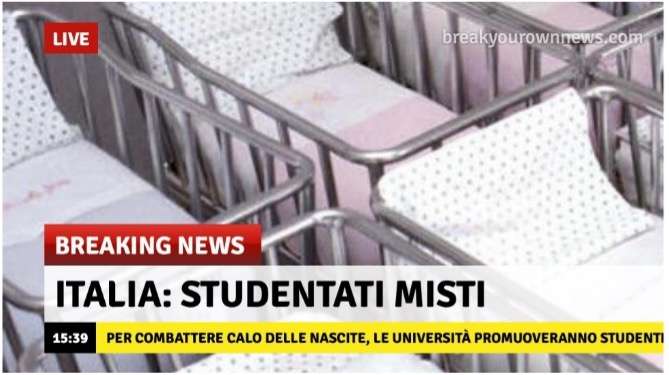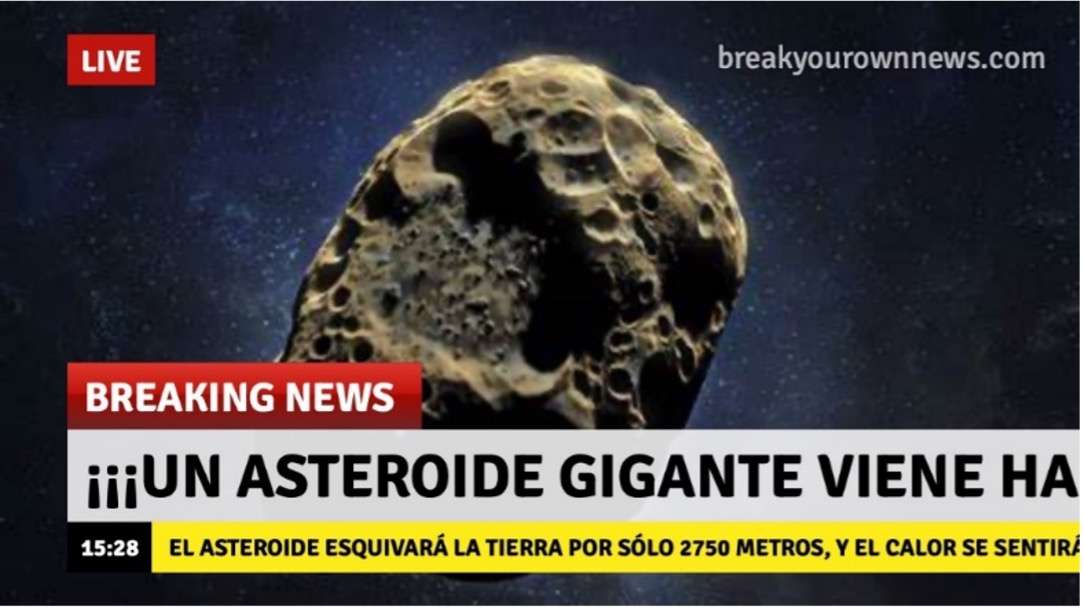3.5. Take action against fake news
Developing critical skills when dealing with information on the Internet is central to Global Citizenship Education (GCE). Differently from the past, when media outlets were limited and generally easier to distinguish in their reliability, the media which we use in our daily lives today may disseminate fake news. This makes the development of critical reading and reflection particularly important. Unit 5 of the GCMC toolkit deals with this issue by engaging the teachers and students in hands-on activities to develop tools, strategies, and resources to engage critically with mass media and become aware of its influence on people’s thinking and attitudes.
This case study is based on a workshop we ran with a group of postgraduate students from the School of Education at Bologna University. For the purpose of this workshop, we used the following resources from Unit 5 of the GCMC toolkit: exercises 1 and 3 in Activity 1, and exercises 1 and 2 in Activity 3. The former are about defining and identifying fake news, whereas the latter introduce learners to how fake news are created and disseminated.
Reflecting on fake news
We positioned the students as future language teachers so, while they did the activities as learners, we also wanted them to reflect on how they might use the resources with their future students in the classroom.
We first asked the learners to reflect for five minutes on the following questions adapted from the original exercise:
- Have you ever read an article that turned out to include fake information? If so, what helped you realise it contained fake news rather than reliable information
- Why do you think fake news items are created and disseminated?
We quickly debriefed and asked two students to share the stories they had read as examples. Most participants had read at least a story on social media and were able to tell quickly it was a fake news item (for example, because it contained exaggerations or very vague information). We reminded them, however, that as future teachers they will deal with secondary school students who might have more limited critical skills. As for the second question, some reasons mentioned concerned commercial or political aims, or simply to impress readers.
We then moved to the next exercise: we divided the students in small groups, and asked them to read the article provided in Handout A, titled How to spot real and fake news. The handout also lists the strategies mentioned in the article (Figure 1) and asks the students to rank them from the most to the least important in terms of identifying fake news.

We allowed ten minutes to complete the task, and asked participants to share their reflections with the whole group. The students reported finding it difficult to rank many of the items, as they all seemed important. However, checking the source was one of their top choices.
As all of our students are future language teachers, we wanted them to explore ways to value their pupils’ multilingual repertoires, as well as to experience how difficult it can be to understand complex issues, such as distorted information, in a language they don’t master. We therefore decided to test their ability to understand languages close to Italian. We asked them to read the article in exercise 1 in Activity 3 titled Six fake news techniques and simple tools to vet them, which is offered in several languages, including Portuguese and French.
We then divided the students in pairs and provided the link to the “Breaking news meme generator” from Activity 3, exercise 2, asking them to come up with headlines of fake news items in different languages. The aim was to explore the logic and process behind a final ‘product’, for example that the news item should be brief, attention-grabbing and apparently plausible. The topics ranged from health issues to student life and major natural disasters (Figures 2, 3, and 4).
Overall, the students enjoyed the session, especially the possibility of reflecting on a topic that felt very relevant in today’s world. The workshop allowed participants to position themselves in the roles of creators and consumers of news, as well as future teachers committed to ensuring their own students develop the necessary skills to be critical readers of global news.


